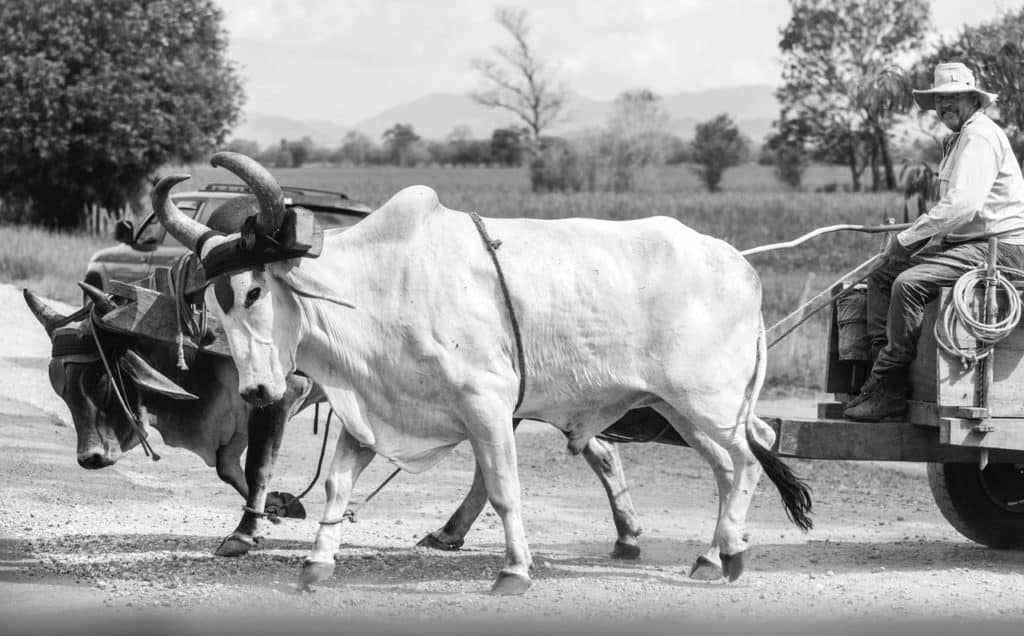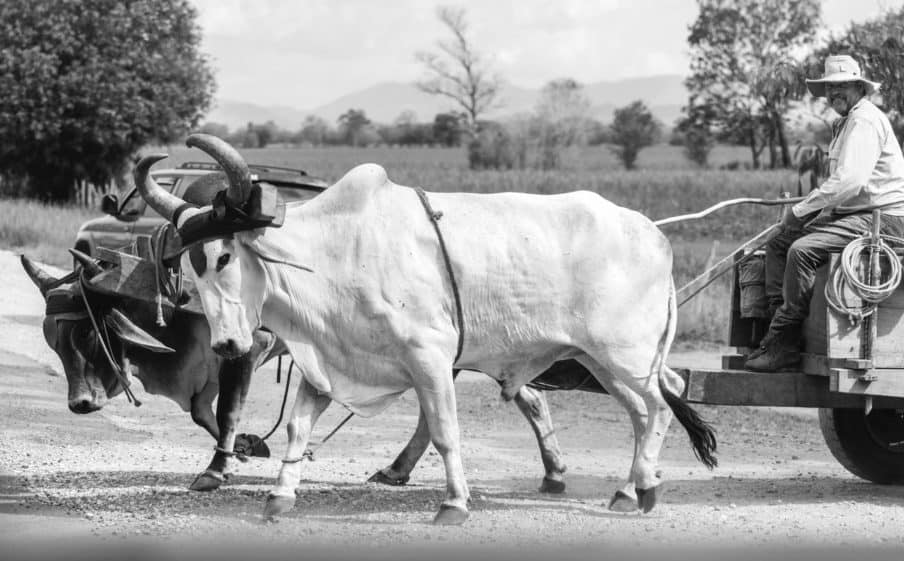
Guanacaste, located in northwestern Costa Rica, is a region with a rich cultural heritage that spans centuries. From its indigenous roots to its Spanish colonial history, Guanacaste has shaped and been shaped by the diverse influences of the people who have lived there. Today, the region is known for its warm and friendly people, its vibrant traditions, and its rich cultural heritage.
Indigenous Tribes
The first known settlers in the region were the Corobicí, an Indigenous tribe who migrated up from South America around the year 1000 and made a home in the inland Cañas, Abangaras and Tilarán areas.
The next wave of immigrants were the Chorotegas from Mexico, who settled on the Nicoya peninsula around 1200. They maintained a thriving lifestyle based on agriculture – especially corn, which left a lasting impression on Guanacaste and all of Costa Rica in the form of tamales and tortillas.
They also produced the first frijoles, yuca, squash, sweet potatoes, tobacco and cotton. Their settlements had houses, markets, plazas for sports, a government with a hierarchy, an army and a monetary system, all of which were chronicled by the Spaniards.
Spanish Arrival
The Spanish conquest of the 16th century brought with it new customs, traditions, and religious beliefs, which blended with the existing indigenous culture to create the unique cultural heritage of Guanacaste.
When Gil González de Avila, or Davila as some historians call him, led the first Spanish expedition in 1523, it was from the Pacific side, because the lands and the people were more hospitable than those on the Caribbean coast.
They saw that the broad, flat area was good for ranching and farming and would make a good base for their incursions inland. The Spaniards sent for cattle and horses from Spain.
The region is famous for its Spanish-style architecture, its colonial churches, and its picturesque small towns, which have been beautifully preserved and continue to be an important part of the region’s cultural identity.
During the expeditionary times, Spain was still involved in the slave trade, and brought Africans to the new world, probably from Angola. Their contribution to the culture was a strange percussion instrument that evolved into the marimba – Guanacaste’s favorite instrument.
Spanish colonists to the area were mostly from the province of Extremadura, and added another dimension to the culture – retahilas and bombas (“bombs”).
Annexation Day
Annexation Day is a historic event that is celebrated every year in Guanacaste, Costa Rica. It marks the day when Guanacaste officially became a part of Costa Rica, on July 25, 1824. This event holds great significance for the people of Guanacaste, as it marked the beginning of a new chapter in their history, one that would see the region become an integral part of the Costa Rican nation.
Annexation Day is celebrated with great pride and enthusiasm in Guanacaste, with a variety of events and activities that reflect the region’s rich cultural heritage. From parades and festivals to traditional dances and music, Annexation Day is a time for the people of Guanacaste to come together and celebrate their shared history and cultural traditions.
In addition to the traditional celebrations, many local museums and cultural institutions offer special exhibitions and events to commemorate Annexation Day. These events provide a unique opportunity to learn more about the history and culture of Guanacaste, and to gain a deeper appreciation for the role that this region has played in the development of Costa Rica.
Music
Retahilas are a traditional musical genre that originated in Guanacaste, Costa Rica, and are a vital part of the region’s cultural heritage. Retahilas are characterized by their lively and upbeat rhythm, and are usually performed by a group of musicians playing a variety of instruments, including guitars, maracas, and sometimes even horns.
The origins of Retahilas date back to the colonial period, when Spanish and indigenous musical traditions blended to create a new form of musical expression. Over the years, Retahilas have evolved and developed, becoming an integral part of the cultural identity of Guanacaste.
Today, Retahilas are still widely performed and appreciated in Guanacaste, and can be heard at a variety of events, including traditional festivals, cultural celebrations, and even local dance clubs. Whether you’re a fan of music or just looking to experience the vibrant cultural traditions of Guanacaste, Retahilas are a must-see and must-hear part of the region’s cultural heritage.
Traditions
The Nicoya Peninsula was an independent province in the Spanish empire known as the Partido de Nicoya. In 1769 and 1772, the cities of Liberia and Santa Cruz were founded by Nicaraguan ranchers who moved south due to constant conflicts up north.
With its Nicaraguan, Spanish, Chorotega and African heritage, the province took on its own “look,” language and food. Indigenous words, such as comal for the wok-like cooking pot, and caite, for a type of sandal, now used for any kind of shoe, became known all over Costa Rica.
Vaqueros or sabaneros, the cowboys who worked the ranches, developed their own entertainment with bullfights and bucking bulls, which are part of every festival in the province.
The traditional dress of flouncy skirts and ruffled blouses for women and white outfits with red bandannas for the men are not original, but came into style in the later part of the 1800s, when coffee exports put the bloom on the Costa Rican economy. Before that, homespun and locally grown cotton formed the wardrobe.
Final Thoughts
Whether you’re a history buff or just looking to immerse yourself in a new culture, Guanacaste offers a rich and fascinating cultural heritage that is waiting to be explored. In this blog post, we’ll dive into the rich history and cultural traditions of Guanacaste, and give you a glimpse into what makes this region such a special and vibrant part of Costa Rica.

